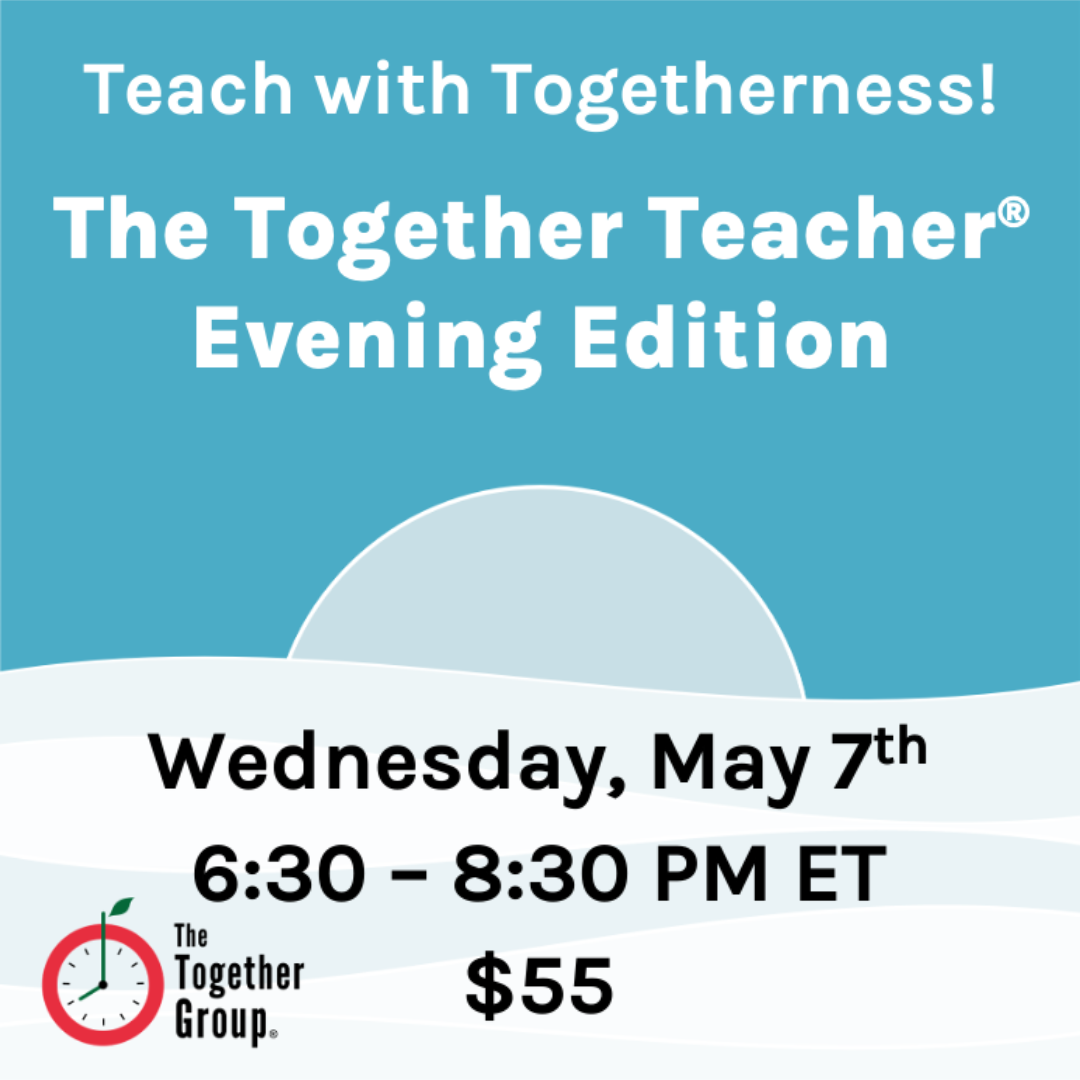Meet Drew. He’s a great guy. Drew is in his fifth year of teaching second grade in Washington, DC. I met Drew when he attended a Together Teacher workshop in Philadelphia in the summer of 2011. He captured perfectly why being an organized educator matters:
“Being organized and being on top of my to-dos means I can spend more productive hours doing really good planning–which is the root of good teaching. My lesson plans are 100% better than ever before because I now have time to actually focus on them.”
The Facts:
- Drew arrives at school at 6:45 AM each day, and departs at 5:30 PM.
- He has about an hour and 15 minutes of prep time each day, although it’s sometimes taken up by meetings.
- Drew is tired in the afternoons.
Perhaps you can relate?
The Challenge:
Drew used to have big plans to accomplish big things each day after school. But his reality didn’t exactly match up to his dreams.
He told me, “I had a wall calendar in my classroom and I would post my To-Do lists up there. I had big ideas about what I would accomplish, such as getting all my planning done right after school, but I found I was just too tired. Plus I was rewriting the same lists and posting them each day, and sometimes I would forget things!”
Still relating?
The Solution:
So, what has Drew done to address the after-school energy slump? You may be surprised to hear it does not involve Red Bull.
Drew created a checklist of low-energy only work that just has to get done, and he powers through it before he goes home. After-school time is spent on concrete, little-thinking-required to-dos, so big creative jobs like lesson planning and letters to parents can happen when he has more energy and brainpower. Everything still gets done, but now it happens a lot more efficiently.
Below, you can see how he spells it out in his Weekly Worksheet. Want to make your own? Here’s the template.

Drew explains, “I try to do the same things at the same time each day, and the list takes me about 25 – 30 minutes.”
“I put these tasks in the afternoon because none of them are mentally taxing; they are just routine tasks that need to be done to keep my classroom running smoothly.”
In detail, here is what Drew does after school, as told by Drew.
- TAI. This stands for Teacher Assisted Instruction, and it’s a differentiated math calculation system.
- Lumos. This is data tracking work for behavior data.
- PowerSchool. This is data entry work for parent contact and any incidents.
- Grade Math Exit slips. Students have their own folders in which they are working on math calculation tasks on their independent levels. I grade around 15 folders per night so the students who finished their folders have feedback and their next assignment the next day.
- Pencils. I sharpen the pencils and place one on each desk before I leave each evening.
- Room clean up. I add this to the list every Friday.
Wow!
You may be wondering why Drew bothers to write this down each day. But remember the shape of your mental and physical energy in the afternoons. With his list in front of him, Drew can put himself on autopilot yet still be productive. Better yet, he never has to stress about when on earth he will enter student data or grade math exit slips! The time and place are set up at the start of the week.
If you keep an electronic Weekly Worksheet in Google or Outlook, you can easily spell out your after-school work by creating an appointment with yourself for this time. Then, insert your list of tasks to accomplish into the notes section of the appointment. It doesn’t matter which tool you use. It matters that you’ve made a plan ahead of time that matches your energy levels with the right tasks.
Together Teacher Takeaways:
- Carefully consider and then list (either on your Weekly Worksheet or in the Instructional Routines template, like Katie, what you will do after school.
- Be aware of your energy levels for what you are trying to accomplish when. Many teachers try to do the more minutiae-type work after school—when their brains are a little muddled from the day of teaching.
- Cluster your to-do’s together. For example, complete a large chunk of data entry or grading all at once, rather than bouncing from task to task.
Discussion Questions:
How do YOU work around the afternoon brain fry? Any jobs you purposefully give yourself for this time?



